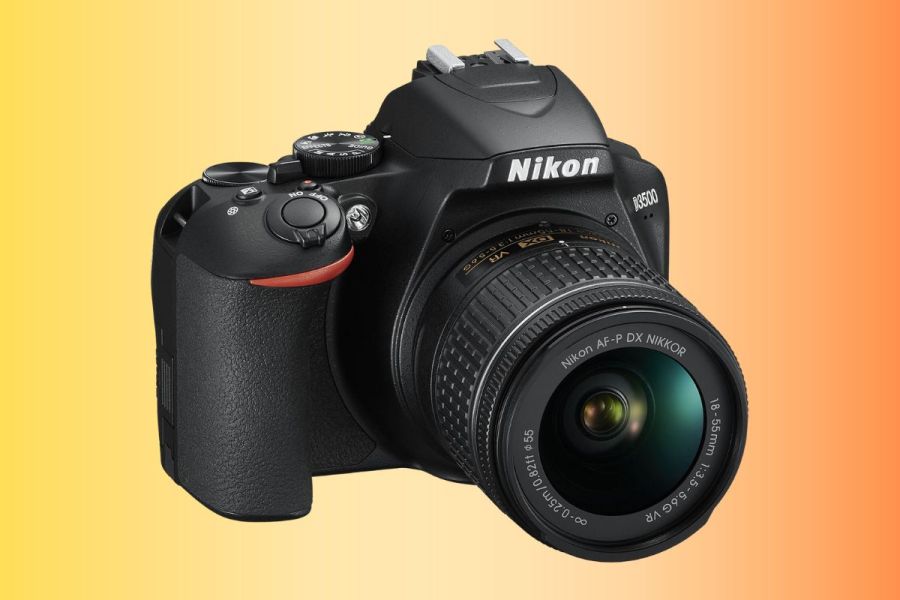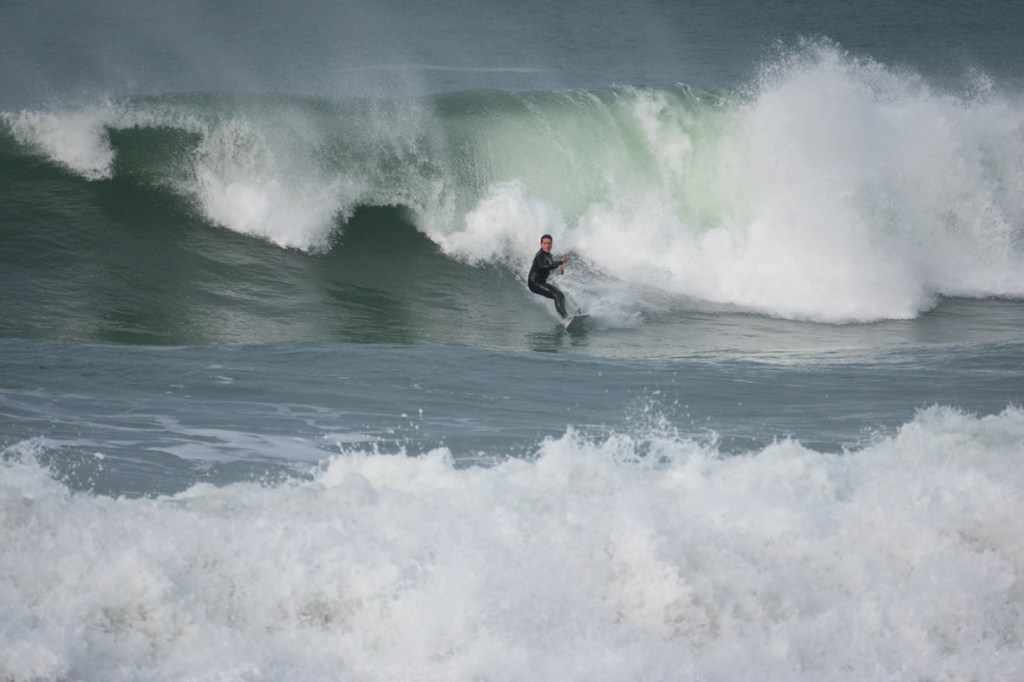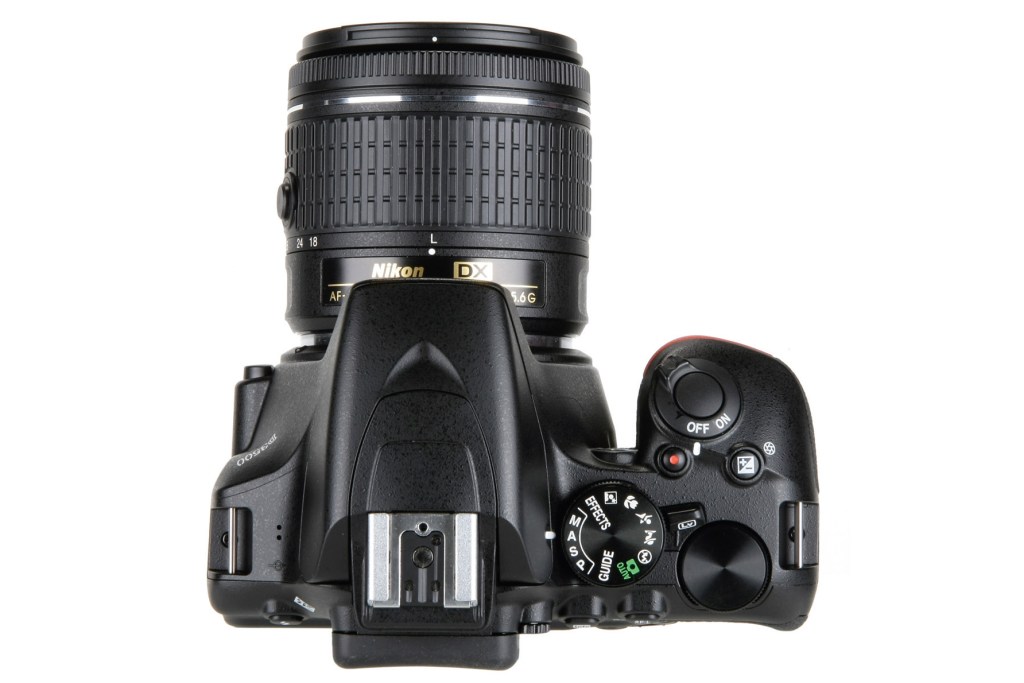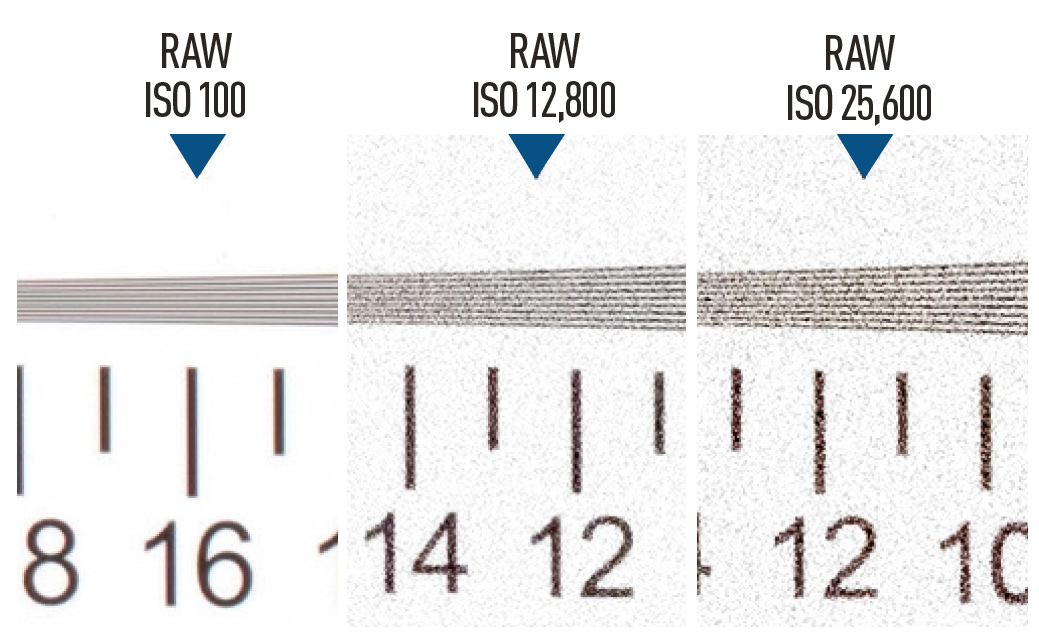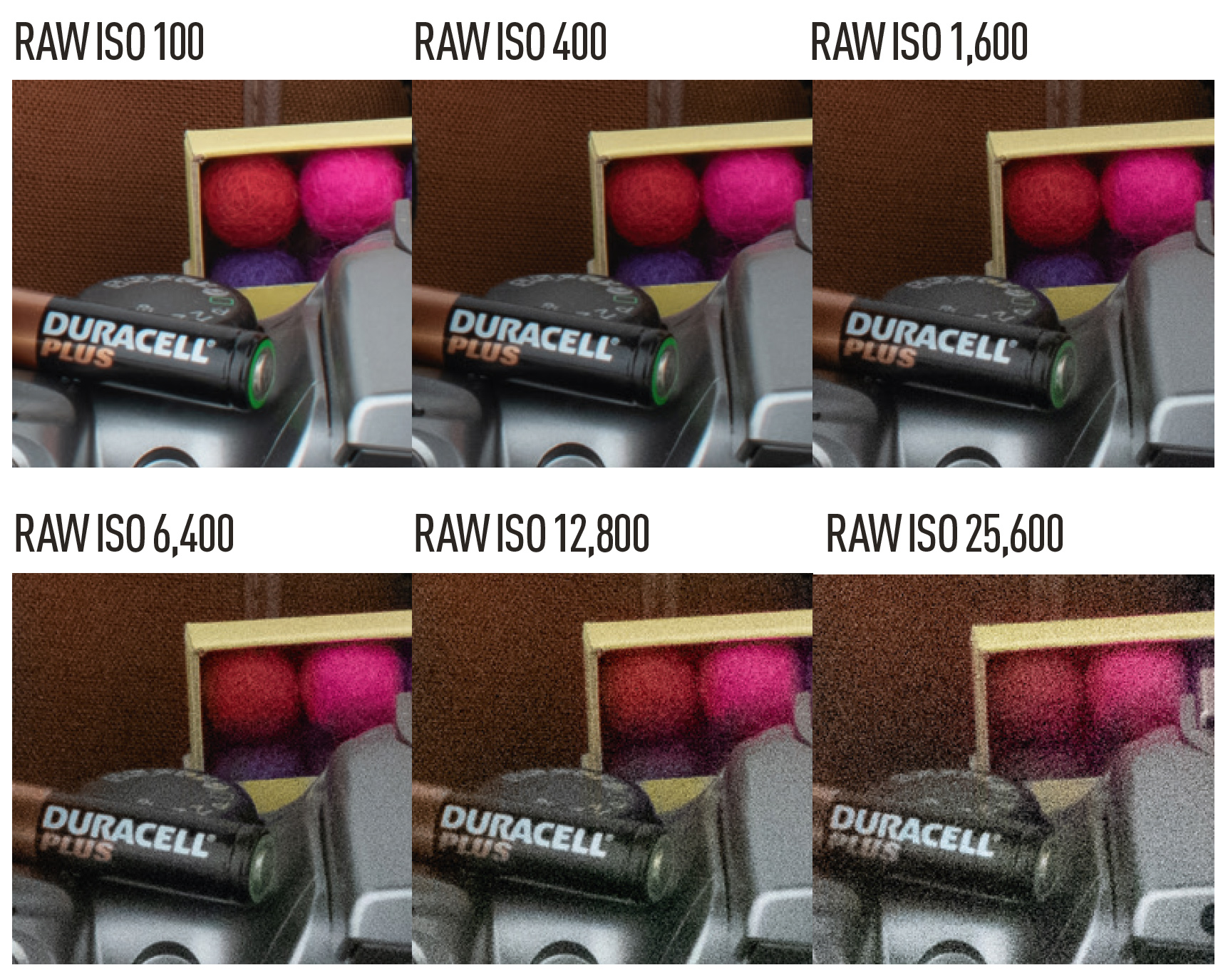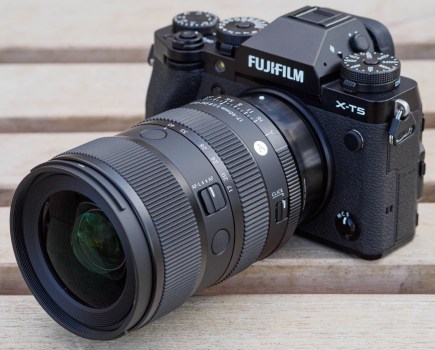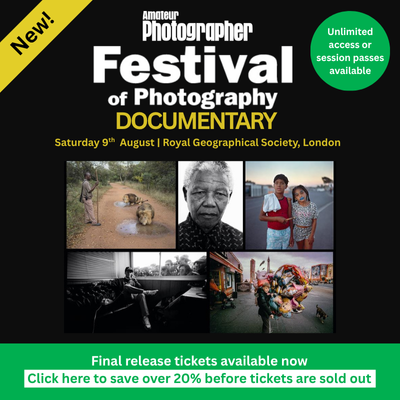Is the Nikon D3500 discontinued? In short, yes. But, whilst this affordable entry level APS-C sensor DSLR is no longer available to buy new, prices for second-hand models have dropped significantly, making it one of the best Nikon DSLRs for those on a budget. Find out how it performs in our full review:
Amateur Photographer verdict
An excellent choice for the first-time DSLR buyer, a reliable little camera that we have absolutely no hesitation in recommending to beginners- Excellent image quality
- Class-leading battery performance
- Beginner-friendly guide mode
- Battery life
- Lacks vari-angle touchscreen of D5600
- No weather-sealing
- Fairly basic 11-point AF system
- Build quality doesn’t match that of more expensive enthusiast models
At a glance:
- 24.2-million-pixel APS-C sensor
- $500 / £395 used (excellent condition) body only
- 11-point AF system
- Nikon DX lens mount
- Wireless functionality
- ISO 100-25,600
- Records up to Full HD (1080p) video at 60fps
The Nikon D3500 is a deservedly famous beginner’s DSLR. Blending portability and usability, it has the capacity to produce images of excellent quality. It’s really everything a beginning photographer could need, and as such is a fixture among students. With the historic Nikon-F lens mount at your disposal, you’ve got enough lenses to realistically last a shooting lifetime, too. But with mirrorless cameras hogging the limelight and technological developments, Nikon’s best beginner’s DSLR is also likely its last. Is it still worth buying in 2025?
Nikon has officially discontinued the camera, meaning you’ll have a struggle to find one to buy new. However, the D3500 is still widely available on the used market. It keeps hold of a place in our guide to the best cameras for beginners by offering real value for money, especially with prices coming down on the second-hand market. Shop around and you’ll find examples being sold for around £350 in good condition.
However, there are a lot of reasons you may want to choose a newer mirrorless model instead, especially as more new cameras are released. If you want a rundown of the difference between the two formats, check out our comprehensive guide to DSLRs vs mirrorless. But otherwise, let’s get into our Nikon D5300 review…
Why you can trust Amateur Photographer
We spend many hours testing every product we recommend, in detail, in a variety of situations and shooting scenarios, and only use experts for our reviews, so you can be sure that you’re getting the best products. Find out more about our expert writers.
Rivals and alternatives
The Nikon D3500 arrived in 2018. It replaced the Nikon D3400, an entry-level camera that represented a pretty similar proposition with its 24.2MP APS-C sensor. The D3400 is still available on the second-hand market for around $315 / £150 in excellent used condition. The D3500 is generally a better buy, though. It’s lighter, better ergonomically and has healthier battery stamina. If you want to stick in the Nikon camp but want something even more advanced, then the other direction is the Nikon D5600. With added tilting LCD screen and an input for a microphone, it’s generally a more sophisticated camera, especially for video users.
The competition
But what about from other manufacturers? Well, if you’re interested in what Canon has to offer, there is the cheaper but simpler EOS 2000D. This offers about the same resolution as the D3500 but has a more rudimentary autofocus system. Canon also released an even cheaper beginner’s DSLR at the same time in the form of the EOS 4000D. Honestly, though, we wouldn’t bother; it cuts the resolution down to 18MP, and just isn’t worth the money. Alternatively, you have the slightly more advanced EOS 250D / Rebel SL3 (around £400 for an excellent used example), which can shoot 4K video.
Mirrorless alternatives
If you want to go mirrorless, there isn’t really a like-for-like comparison, but there are some solid alternatives. Nikon is keen to get photographers and videographers on board with its Nikon Z system. Beginners may want to consider the APS-C all-rounder Nikon Z50 or the vlogger-focused Nikon Z30. Both will set you back less than $575 / £899 with a lens, and benefit from faster AF systems and better video. However, you don’t get that big tactile DSLR handgrip, long lasting battery life, nor the optical viewfinder.

Other manufacturers only really offer mirrorless alternatives. Something like the Sony A6000 will give you just-as-good image quality at a similar price point. Or, if you’ve got a bit more cash to spend, you could try the Fujifilm X-T30 II, or the slightly cheaper but older Fujifilm X-T30. It uses the same-size sensor as the D3500, and delivers images full of character and punchy colours.
These are some good alternatives to keep in mind as we take the Nikon D3500 out for a spin. So, let’s take a closer look at this capable camera…
Features
The D3500 is built around a 24.2MP APS-C CMOS sensor and Nikon’s EXPEED 4 image processor. This pairing has served a number of other Nikon DSLRs extremely well in recent years. While effective resolution is identical to both the D3400 and Nikon D5600, Nikon has said that the D3500 is fitted with an updated sensor. As with many other recent Nikon DSLR releases, the D3500 does without an optical low-pass filter to maximise the sensor’s ability to resolve fine detail.
For those looking to shoot mainly JPEGs, the D3500 comes with the usual range of handy processing tools. This includes Nikon’s proprietary shadow-boosting Active D-Lighting technology, alongside tools for vignette control, distortion control and noise reduction. Furthermore, users can select from a range of seven Picture Controls that adjust things like contrast, saturation and sharpness to give images a specific look and feel. As ever the options are: Standard, Neutral, Vivid, Monochrome, Portrait, Landscape and Flat.
7 Things You Need to Know About the D3500
- Focal points – Despite its entry-level positioning the D3500 comes with a number of useful features
- Active D-Lighting – This useful processing tool is designed to lighten shadow areas and preserve highlight detail when faced with high-contrast scenes. The camera allows you to set Active D-Lighting to ‘on’ or ‘off’ settings.
- Rear display/viewfinder – The D3500 is fitted with a fixed 3-inch, 921k-dot LCD screen that is vivid and sharp, but lacks the touchscreen capabilities of the D5600’s display. The D3500’s pentamirror-type viewfinder provides 95% frame coverage.
- Built-in flash – The built-in flash isn’t particularly powerful but can be used to illuminate close subjects. It’s also compatible with Nikon’s Creative Lighting System, which allows you to use the pop-up flash to fire compatible flashguns.
- Quick Menu – Pressing the ‘i’ button on the back of the D3500 brings up a Quick Menu on the rear display that provides direct access to all of the key camera settings. This allows you to see exactly how the camera has been set up and make quick adjustments.
- Effects filters – Accessed from the Effects setting, there are 10 digital effects filters: Night Vision, Super Vivid, Pop, Photo Illustration, Toy Camera, Miniature, Selective Colour, High Key, Silhouette and Low Key.
- Retouch menu – Like its predecessor, the D3500 provides an extensive Retouch menu, which includes the ability to convert raw files to JPEGs as well as making a range of adjustments to captured images.
Exposure modes
In terms of exposure modes, the D3500 offers Program, Aperture-priority, Shutter-priority and Manual (PASM) modes for more experienced users, alongside a fully automatic Auto mode for point-and-shoot duties and a Forced Flash Off mode. In addition, there are four individual Scene modes: Portrait, Sports, Close-up and Night Portrait, plus an Effects mode that allows you to apply a range of digital filter effects at the point of capture.
Last but not least is Nikon’s beginner-friendly Guide Mode. Accessed directly from the mode dial, Guide Mode essentially disables the in-camera menu and replaces it with a set of options tailored to specific situations. These aim to explain (in the simplest possible terms) how to use the camera’s key settings to the best effect. As before, users are given a choice of ‘Easy’ and ‘Advanced’ shooting options. The latter helps new users to do things like freeze motion, soften backgrounds and capture flowing water using a long exposure. While more experienced DSLR users can simply avoid Guide Mode altogether, first-time DSLR users may well find it immensely helpful.
Video
Video capability extends to 1080p Full HD video at up to 60fps, which compares favourably with the 1080p/30fps maximum setting of the Canon EOS 2000D. Sound is recorded by a built-in monaural microphone that can be adjusted via the in-camera menu. In keeping with the D3400, though, there’s no input for an external microphone. You’ll want to look at the D5600 for external.
Connectivity
In terms of connectivity, the D3500 comes with Nikon’s proprietary SnapBridge technology. However, as with the D3400, the technology comes at the expense of Wi-Fi, which is not supported. Instead, SnapBridge employs Bluetooth and connects directly to your phone or tablet via Nikon’s Wireless Mobile Utility (WMU) app.
Once installed, you can choose to automatically transfer 2MB images directly to a connected smartphone or tablet, or you can manually export images at their original size. New for the D3500 is the ability to control the camera remotely via the WMU app too. Remote control does come at the expense of the infrared receiver that was located on the front of the D3400, which has been removed from the D3500. Pairing and set up is a straightforward task, and we found SnapBridge worked flawlessly during our time with the D3500.
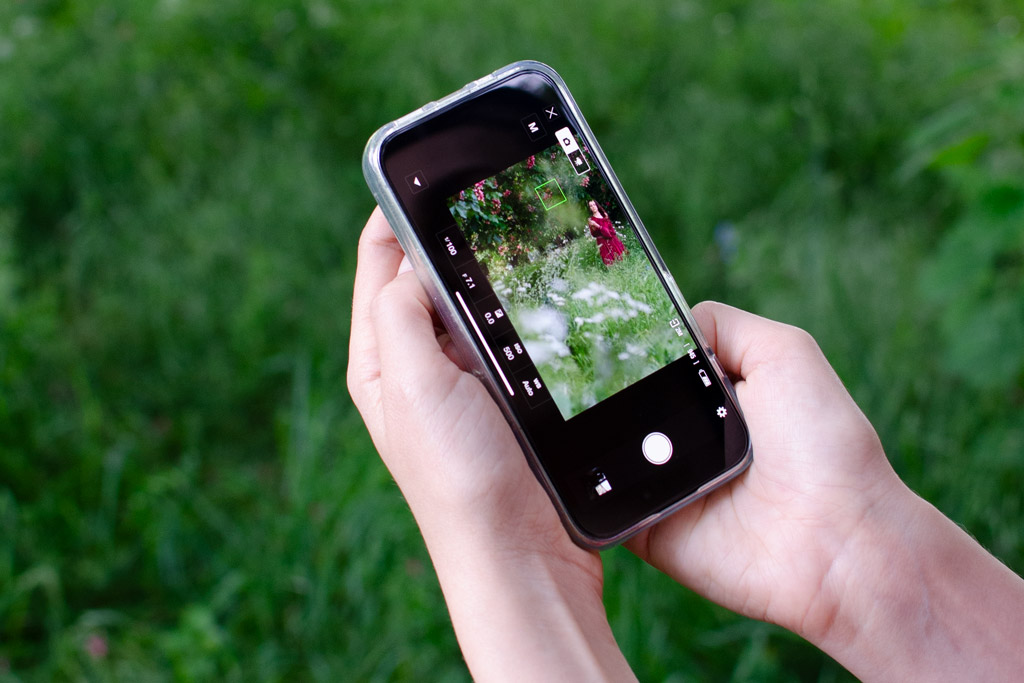
Body and design
Compared to the D3400, the Nikon D3500 sports a slimmed down and slightly more stylish look. It’s a little smaller (and lighter) overall. This is primarily because it’s housed within a modified D5600 body – billed on release as one of the smallest DSLRs on the market.
The handgrip is actually slightly wider and squarer than it was on the D3400. Combined with the more pronounced thumb-rest on the back, it helps improve the camera’s general handling and makes it feel more balanced when using larger lenses. Nikon has also relocated many of the buttons, moving them from the left-hand side of the camera to the right-hand side and top plate.
The small control wheel found on the back of the D3400 has also been replaced with a prominent wheel on the top plate – as per the D5600. Likewise, the Live View button has been replaced with a small lever to the side of the exposure mode dial. Sadly though, the Fn button has been removed.
Overall, while there was nothing inherently wrong with the design and handling of the D3400, we found that the redesigned body and remapped controls of the D3500 make it a more enjoyable camera to use overall.
In terms of build quality, the D3500 is encased within a polycarbonate shell that’s robust enough to withstand the odd knock, but obviously not up to the same standard as the magnesium alloy casings employed by models higher up the range. Neither is the camera weather-sealed, although to be fair we wouldn’t really expect that given its price and positioning.
Performance
While the D3500 isn’t as powerful as more expensive Nikon DSLRs, it remains a capable little camera in all but the most demanding situations. During timed tests, we recorded 100 full-resolution JPEGs at 5fps before the memory buffer filled. In raw capture, this dropped to around 12 consecutive images, while in raw+JPEG the figure was just six images. All in all, these figures are respectable and certainly on par with what we’d expect of an entry-level DSLR. By way of comparison, the Canon EOS 2000D records just 40 full-res JPEGs before the frame rate drops, although the figures for raw and raw+JPEG are almost identical as the D3500.
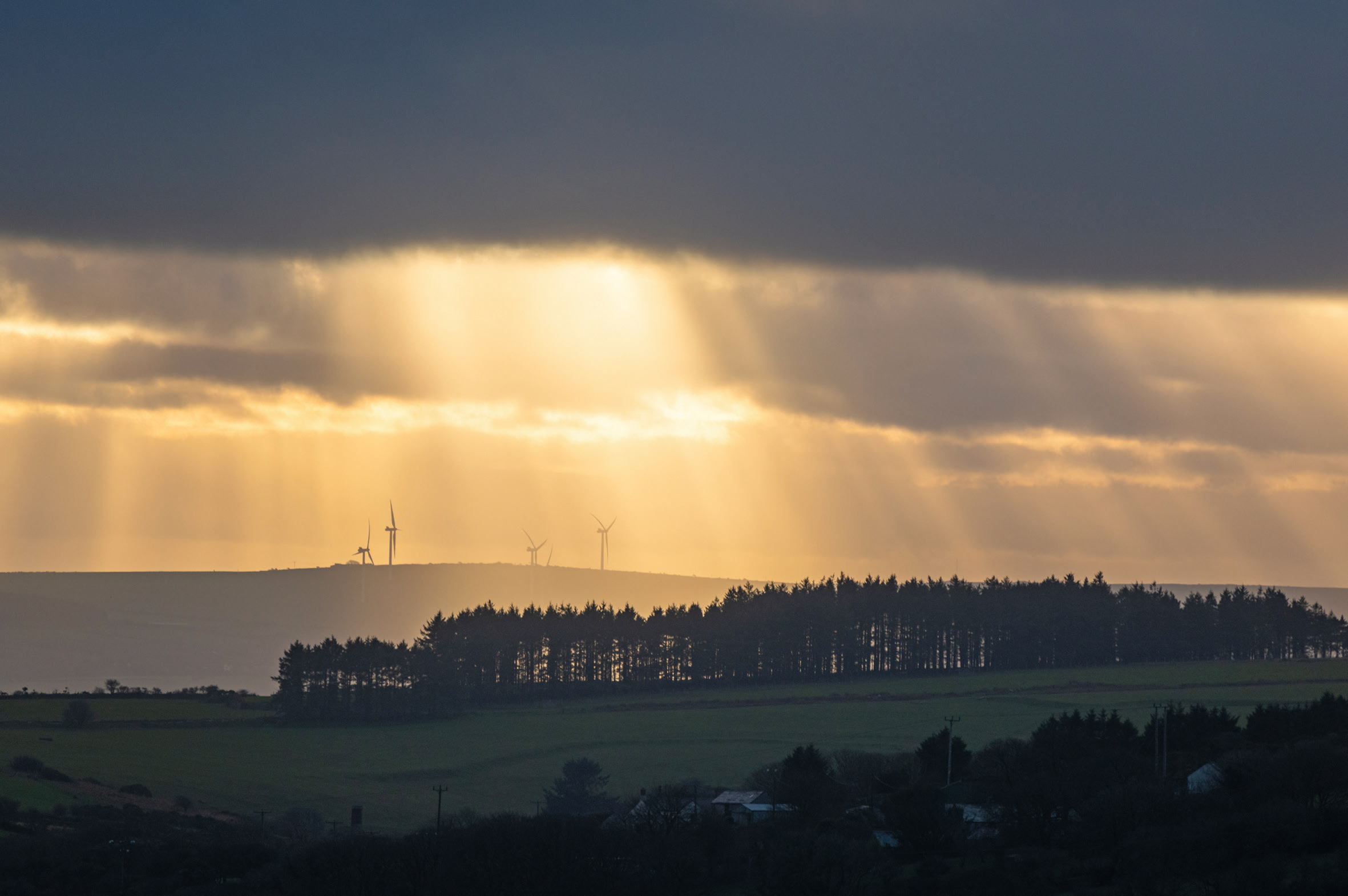
Autofocus
Autofocus duties are catered for by the same Nikon Multi-CAM 1000 module employed by the D3400. It provides 11 AF-points arranged in a diamond formation across the viewfinder. Focus lock speeds through the viewfinder are impressively quick, with the AF module locking on the instant you half-press the shutter button.
Switching to Live View, the D3500 remains fast and accurate in all but the dimmest light. It is also faster than Canon’s EOS 2000D, which is painfully slow by comparison.
Battery life
The Nikon EN-EL14a Li-ion battery is good for 1550 shots on a single charge – as opposed to 1200 on the D3400. By way of comparison, the Canon EOS 2000D is rated for around 500 shots per charge, while the D5600 is capable of 820. The D3500 is therefore, and by some margin, a class-leader in this respect.
Resolution
Shooting in raw, the D3500 resolved 3,200l/ph between ISO 100 and ISO 400. At ISO 800, the figure was 3,000l/ph. It’s only at ISO 3200 that resolution dips below 3,000l/ph. At ISO 6400 the D3500 produced a figure of 2,800l/ph followed by 2,500l/ph at ISO 12,800. The highest ISO 25,600 setting recorded 2,300l/ph.
Noise
As with resolution, we achieved better results with manually processed raw files over in-camera JPEGs. At sensitivities under ISO 800, images are clean and sharp. At ISO 3200, image quality does begin to break down more markedly, with elements of luminance noise evident in JPEGs and processed raw files. You still get useable results at ISO 3200, but it’s harder to disguise the effects of noise at ISO 6400 and above.
Verdict
While the D3500 inherits much from its D3400 predecessor, there are some differences which combine to make the D3500 a better camera overall. The redesigned body clearly borrows a lot from the upper entry-level D5600. The enlarged handgrip helps to make the camera feel more comfortable and better balanced when used with larger, heavier lenses. On top of this, the battery life has improved and the images it outputs are very respectable.
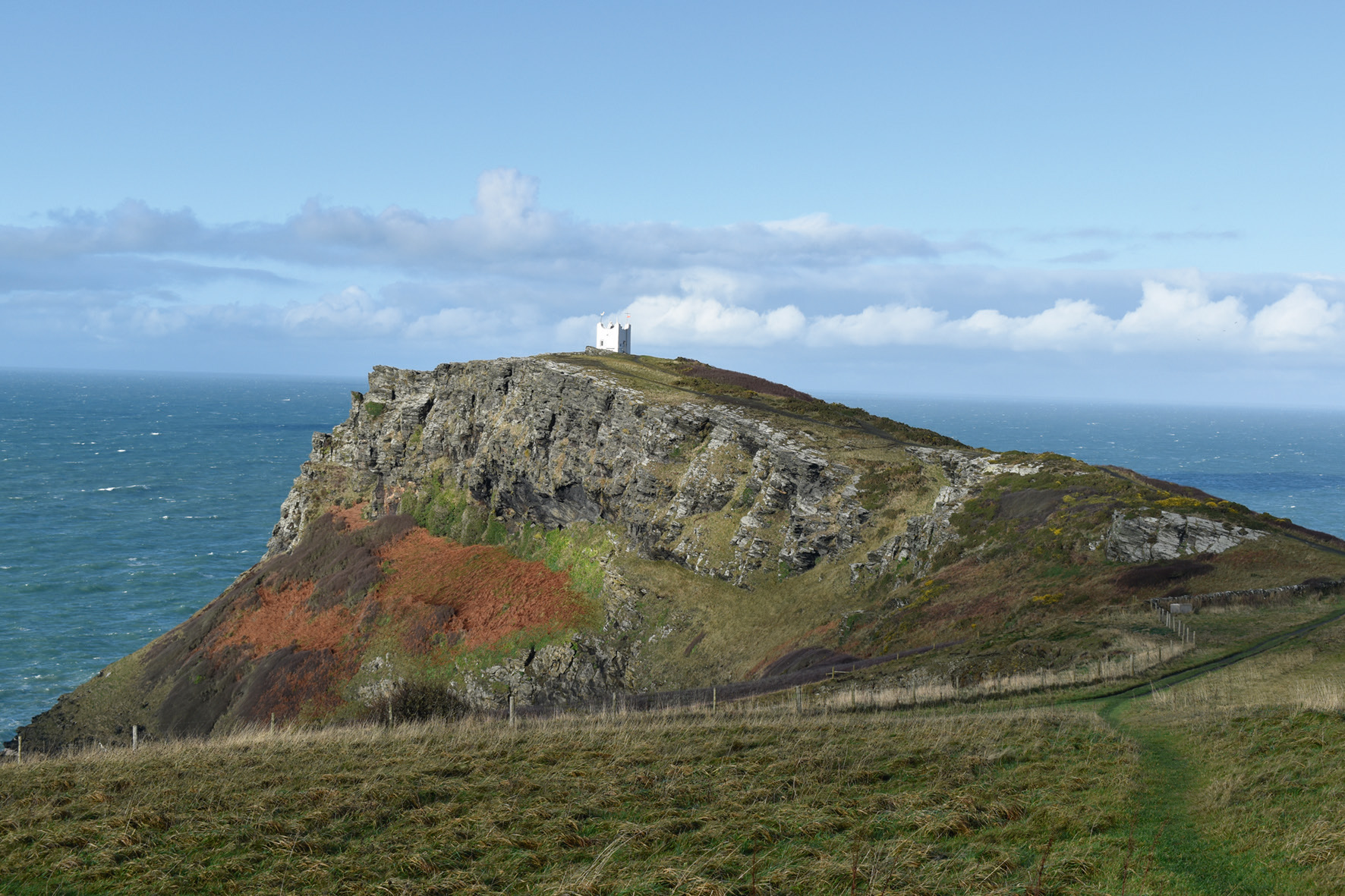
On the second-hand market, the D3500 is keenly priced and represents excellent value for money. If you can live without the slightly larger vari-angle touchscreen and more advanced 39-point autofocus system offered by the D5600, then the D3500 is undoubtedly an excellent choice for the first-time DSLR buyer. In all, it’s a reliable little camera that we have absolutely no hesitation in recommending to beginners.
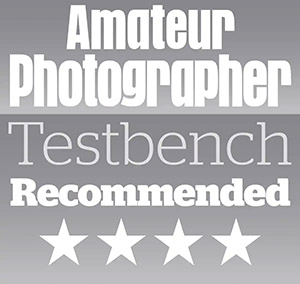
Review by Audley Jarvis, with contributions from Jon Stapley and Michael Topham.
Further reading:
- Nikon confirms D3500 and D5600 DSLR production ended
- The best Nikon lenses for F-mount
- The best Nikon mirrorless cameras to buy right now
- Nikon D7500 review – a solid all-round DSLR for enthusiasts
Follow AP on Facebook, Twitter, Instagram, YouTube and TikTok.

